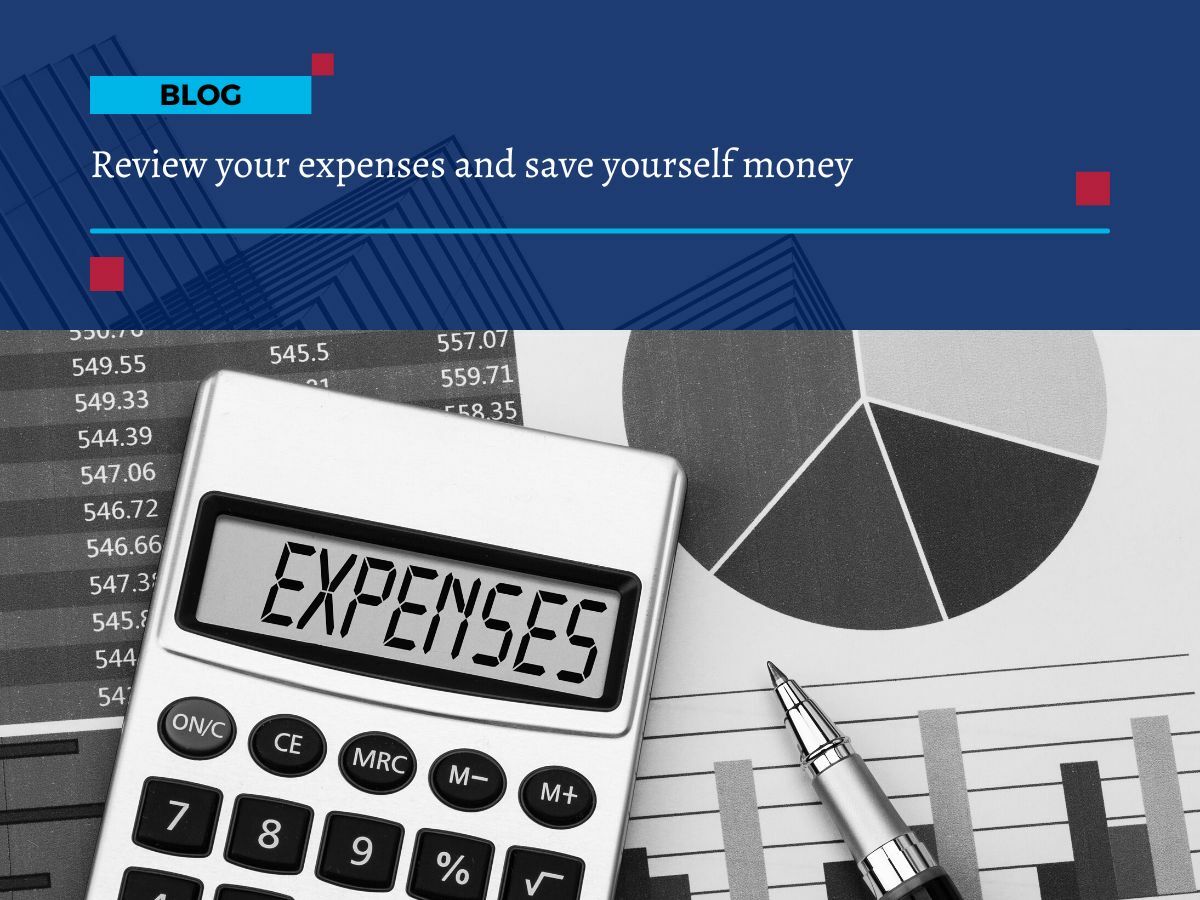
How much should you charge
How Much Should You Charge?
Getting your pricing right is one of the best ways to plan for business success, but how do you know how much you should charge?
First, don’t make a rushed decision; take the time to properly understand the market, your total costs, and how to position your products or services.
Figuring out how much to charge is a big learning curve for any business owner. The answer to how to approach it will fluctuate as circumstances and markets change. It is important to revisit the question throughout the lifecycle of your business.
There is No Magic Formula
All businesses are unique, with an individual offering of products and services. Before you set your pricing, it’s important to look at the whole picture. This will help to ensure you are being strategic and not just following trends.
Gather the Data
To get started, you need to gather as much information as possible. Block out some time to sit down with your business data and strategies. Pricing is essentially figuring out where your products and services are positioned in the market. So keep your business strategies top of mind. It doesn’t have to be a confusing exercise. Just grab a coffee and get started.
Here Are the First Steps to Consider:
1. Record All the Costs Involved in Production
Start by listing all direct and indirect costs associated with your product or service. Direct costs include materials, labour, and production expenses. Indirect costs encompass assets, insurance, licences, and legal fees. This comprehensive list ensures you don't overlook any expenses that could affect your pricing strategy.
2. Consider Your Current Profit Margin or Required Margin
Once you have your total costs, think about your profit margin. Understand the difference between net and gross profit margins. Gross profit margin is the difference between sales and the cost of goods sold, while net profit margin accounts for all operating expenses. Decide what margin is necessary for your business to be sustainable and profitable.
3. Conduct Thorough Competitor Research
Research your competitors thoroughly. Understand the market landscape and what others are charging for similar products or services. Identify your unique selling points (USPs) that allow you to differentiate your pricing. This research helps you position your offerings competitively without underpricing or overpricing.
4. Evaluate Your Offerings
Assess the value-added aspects of your products or services. Consider where your offerings fall on the spectrum from cheap and no-frills to high-end premium. Can you create a range of products at different price points to cater to various segments of the market? This strategy can help you attract a broader customer base.
Revisit and Adjust Your Pricing Regularly
Market conditions and business circumstances are always changing. Regularly reviewing and adjusting your pricing ensures that you stay competitive and meet your customers' expectations. This proactive approach helps you maintain profitability and growth.
Additional Considerations
Understanding Customer Perception
How customers perceive your pricing can significantly impact your sales. If your prices are too low, customers might question the quality of your products. Conversely, if your prices are too high without justifiable reasons, you might drive potential customers away. Balancing perception with reality is key to effective pricing.
Value-Based Pricing
Value-based pricing involves setting prices based on the perceived value to the customer rather than the cost of production. This method requires a deep understanding of your customers' needs and how much they are willing to pay for the benefits your product or service provides. Value-based pricing can often lead to higher profit margins.
Psychological Pricing
Psychological pricing strategies, such as setting prices just below a round number (e.g., $9.99 instead of $10), can influence customers' buying decisions. This tactic can make prices seem lower than they actually are, potentially increasing sales.
Discounts and Promotions
Strategically use discounts and promotions to attract customers and boost sales. However, be careful not to rely too heavily on these tactics, as they can devalue your product and create an expectation for lower prices. Use them sparingly and strategically to drive short-term sales and customer acquisition.
Stay Ahead of the Game
Determining how much to charge for your products or services is a crucial aspect of running a successful business. By thoroughly understanding your costs, profit margins, market conditions, and customer perceptions, you can develop a pricing strategy that supports your business goals. Remember, pricing is not a one-time decision but an ongoing process that requires regular review and adjustment.
For more personalised assistance in developing a pricing strategy tailored to your business needs, contact us at First Class Accounts Ovens & Murray and Busy01 Consulting. We're here to help you navigate the complexities of pricing and achieve long-term business success.








